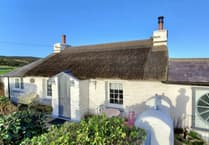This former colonel's house for sale sits in a seafront position and comes with a “secret” garden.
Beach House, in Castletown, dates back to the 1800s and was built by Deemster John Fressil Crellin.
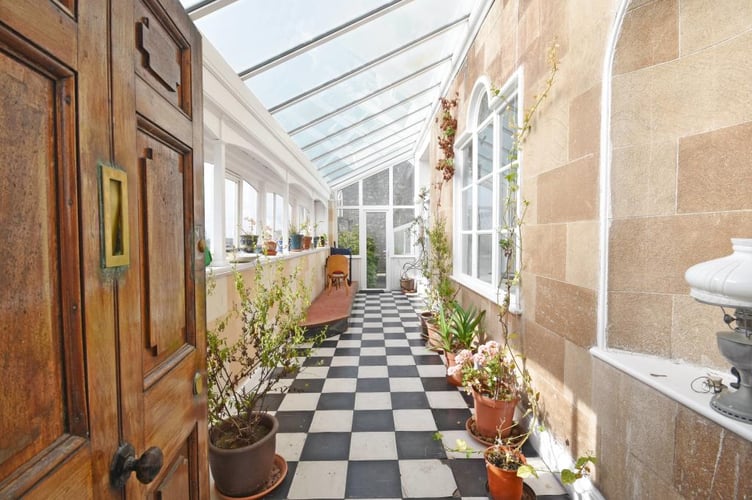
Crellin died in the 1810s, before the house was ready to be lived in, commanding the Northern Battalion of the Manx Volunteers.
Through the late 1800s, Beach House was occupied by the Cary family, first headed up by Captain J.P. Cary, and later his son, Clarence, who by 1889 had been named a Colonel.
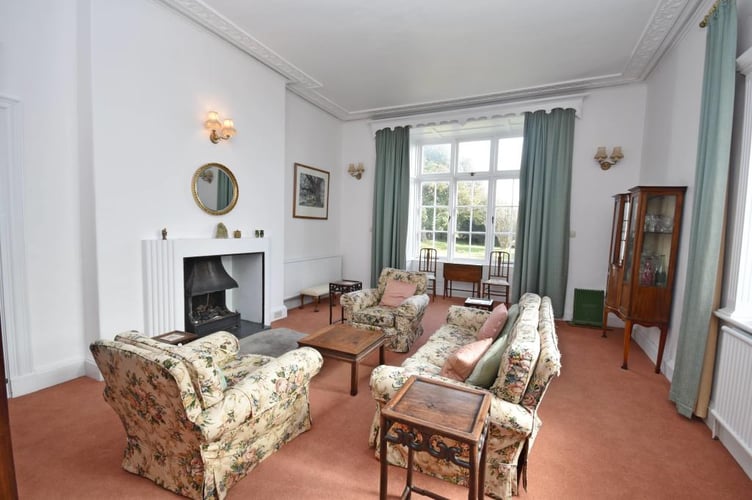
Colonel Cary married Elinor Drinkwater - who was coincidentally the granddaughter of John Fressil Crellin, the man for whom the house had been built.
The property retains many period features, including high ceilings, coving, sash windows and character fireplaces.
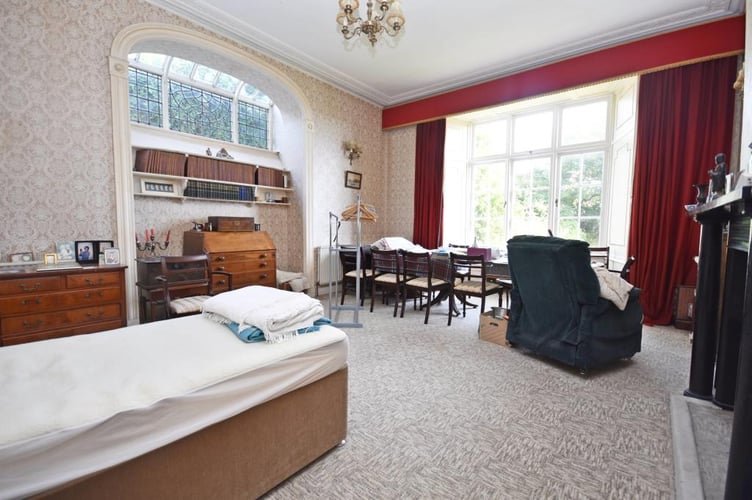
On the ground floor of the property is an entrance porch to an elevated conservatory overlooking the sea towards Langness, followed by a hall with 11-foot high ceilings.
Off the hall is a drawing room with a feature fireplace and a bay window, a family room with French doors to the garden and another fireplace with a tiled surround, and a dining room, which features a fireplace, a bay window and a feature clerestory window.
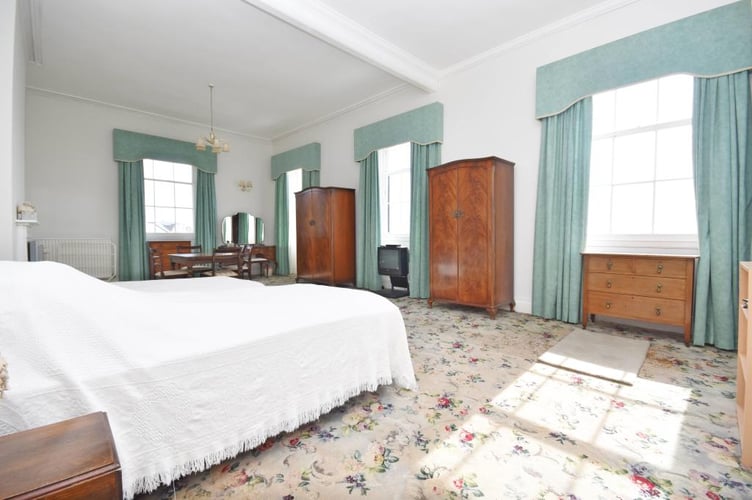
Completing the ground floor are a kitchen, a breakfast room, a utility room, a family bathroom, a WC and a storage room, as well as access to the three-room cellar.
Upstairs, there are five bedrooms, the principal of which has its own fireplace and sea views, and another benefiting from an en-suite bathroom, while a family bathroom serves the rest of the rooms.
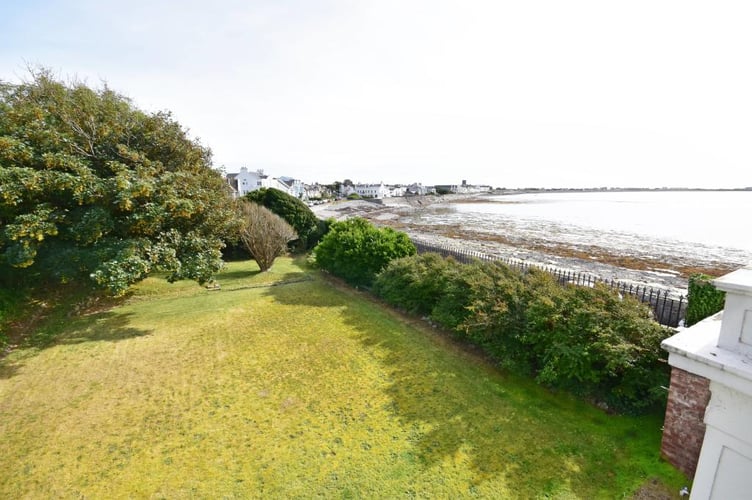
Outside, the grounds span approximately 0.4 acres and include a smoke house and barn in need of repair, as well as a greenhouse.
The main garden offers privacy with high walls, trees and shrub borders, while a ‘secret’ garden, of equal size to the first, can be found beyond.
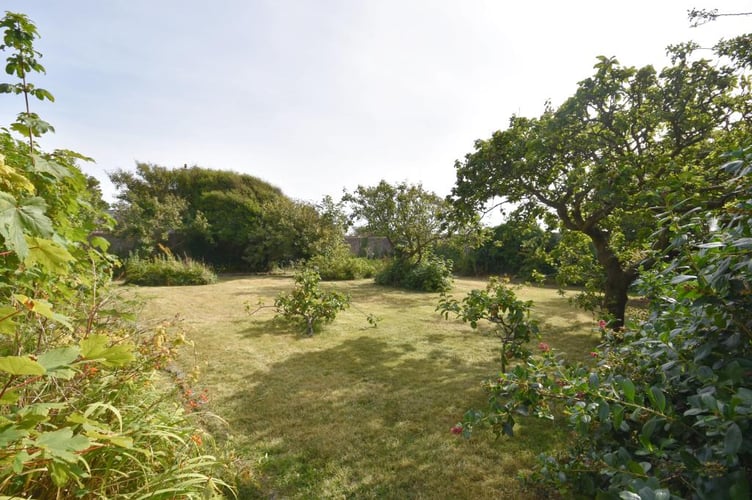
The property is being sold by estate agents Deanwood for a price of £1,195,000.
The agent commented: “This is a rare opportunity to acquire a period property in a prime seafront position.
“There are three reception rooms, retaining many period features, and a secret garden.”



.png?width=209&height=140&crop=209:145,smart&quality=75)
